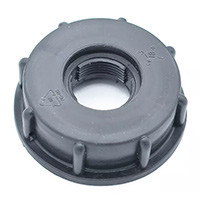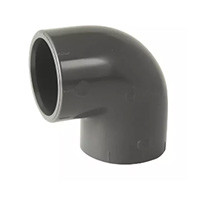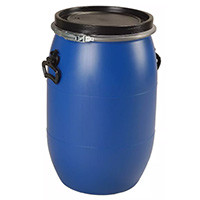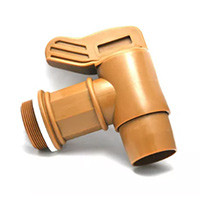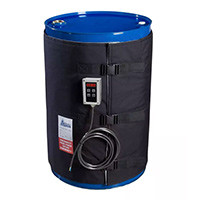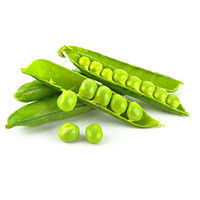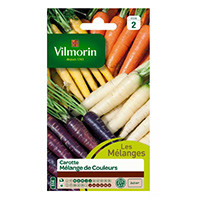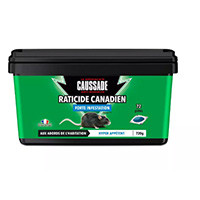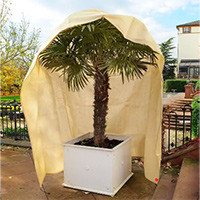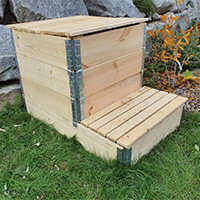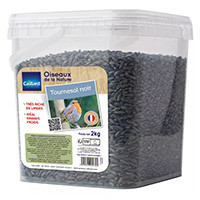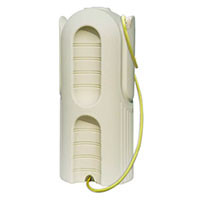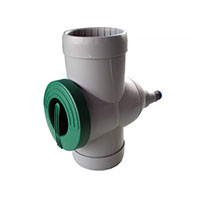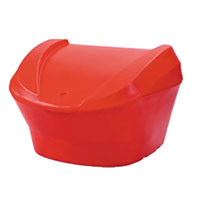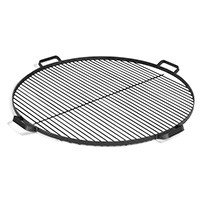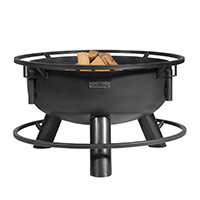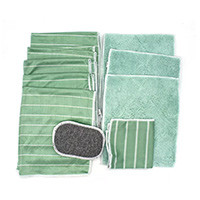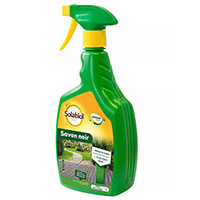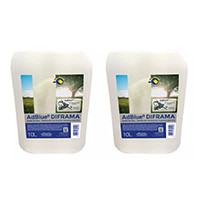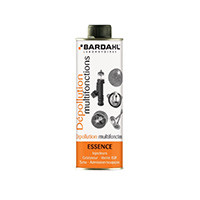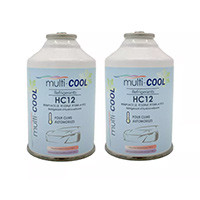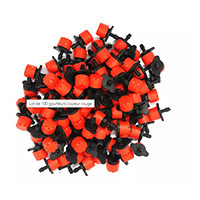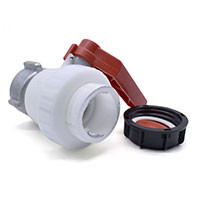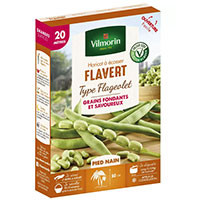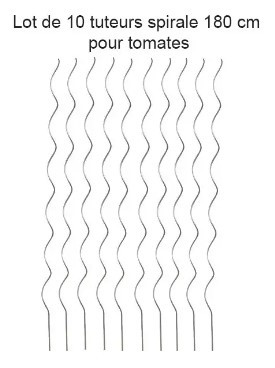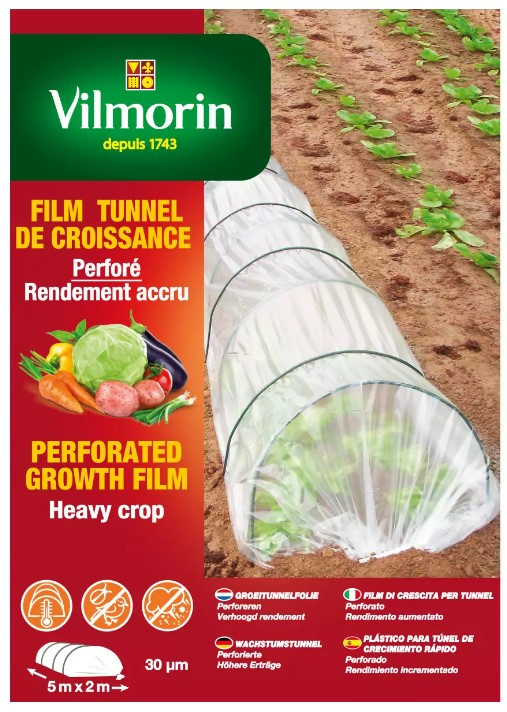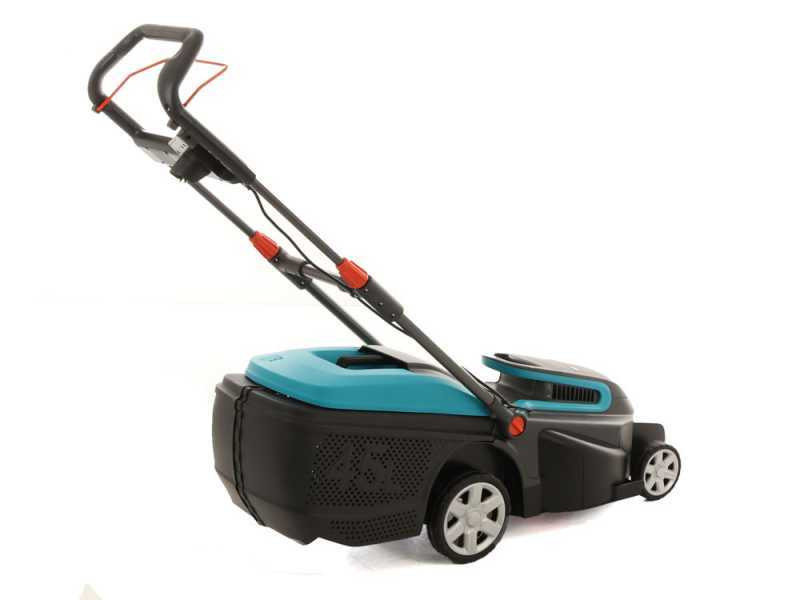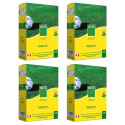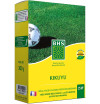
Kikuyu: a solution for drought-resistant turf
If you are looking for a solution for drought-resistant grass, kikuyu is an interesting option to consider. This perennial ground cover grass native to East Africa has tracing and stoloniferous rhizomatous roots that allow it to withstand episodes of high heat very well. In this article, we will tell you everything about kikuyu: its description, recommendations before planting kikuyu, sowing dates, as well as advice for its maintenance and cultivation.
Description of Kikuyu
Kikuyu is a grass that grows at full speed, in the shade as in the sun. It is renowned for its drought resistance and its ability to quickly form a dense and uniform carpet. Its color is dark green, with broad, flat leaves that are about 4 to 5 cm long. It is also known for its ability to recover quickly after mowing, making it a popular choice for sports fields and parks.
Recommendations before planting kikuyu
If you are considering planting kikuyu, it is important to consider some recommendations to ensure that this variety of grass is suitable for your area and your needs.
Heat wave, sun, lack of maintenance... Like the plants and flowers in the garden, the grass must also receive special attention, at the risk of being burned by the sun. If you do not really have a green thumb and/or you live in a region much more affected by drought, such as southern France, the ideal would be to have a lawn that resists episodes of high heat. Kikuyu is a variety adapted for these climates.
However, it is important to note that Kikuyu grass is very cold-resistant: below 7°C, it turns yellow. At -2°C, the leaves freeze and beyond -9°C its roots are destroyed. It is therefore reserved for very mild regions with temperatures between 16 and 21 ° C.
Sowing dates
Unlike most lawns, kikuyu should be sown in the spring when the soil is well warmed and any risk of frost is eliminated. In general, the best time to sow kikuyu is between late February and early April.
Tips for the care and cultivation of kikuyu
Once sown, kikuyu requires little maintenance. Only one heavy watering per week is enough, which is perfect for areas with water restrictions. If its grass turns yellow, it will green again as soon as the first rains come.
After soil preparation, it is time to sow the kikuyu grass. As mentioned earlier, the ideal time to sow kikuyu is spring, when the soil is sufficiently warmed and any risk of frost is eliminated. It is important to sow seeds evenly over the entire surface to be covered. In general, it is necessary to provide about 50 grams of seeds per square meter for a good density. It is also important to rake the soil well after sowing so that the seeds are in good contact with the soil. To promote germination, water the sown surface regularly.
Once the seeds have germinated, it's time to mow the lawn for the first time. It is important not to mow grass too short, as kikuyu prefers to be pruned higher than most other types of grass. It is recommended to trim Kikuyu grass to a minimum height of 10 cm to avoid stressing the plant and compromising its growth.
Kikuyu needs regular watering, but not too frequent. In general, one watering per week is enough, but it is important to water the lawn well so that the water penetrates deep into the soil. In times of drought, it may be necessary to water more frequently. However, it is important not to overwater kikuyu, as this can encourage the growth of fungal diseases.
In conclusion, Kikuyu grass is a great option for hot and dry regions, as it is drought resistant and grows quickly. However, it is important to consider the requirements of this type of grass before choosing to plant it. By following the appropriate growing tips, you can enjoy a green and dense lawn that resists well to episodes of high heat.
We offer kikuyu seeds for sale on our online store Multitanks.com. If you have any questions about kikuyu care or choosing the right type of grass for your area, do not hesitate to contact us, we will be happy to help you.
Share this content

